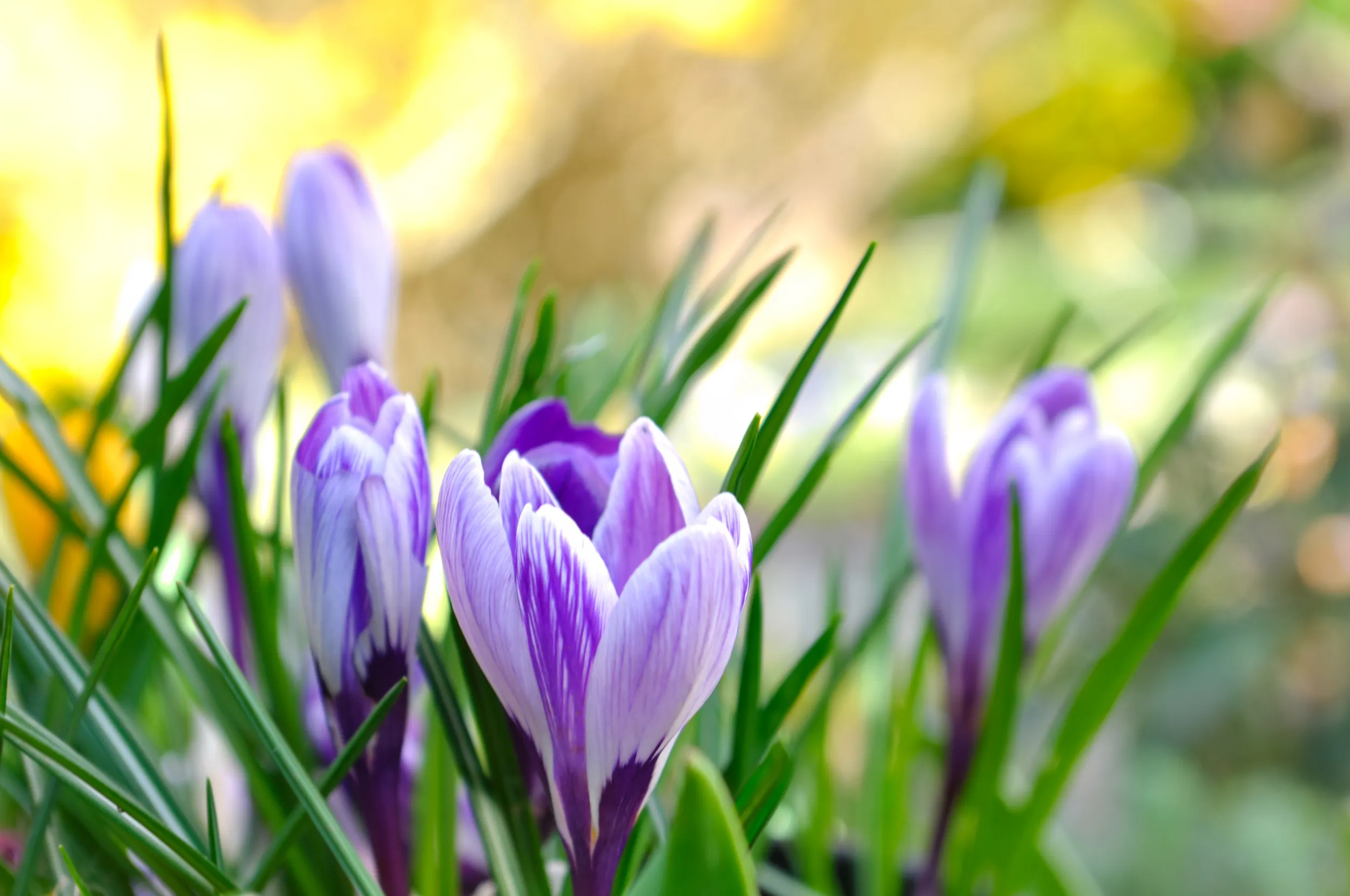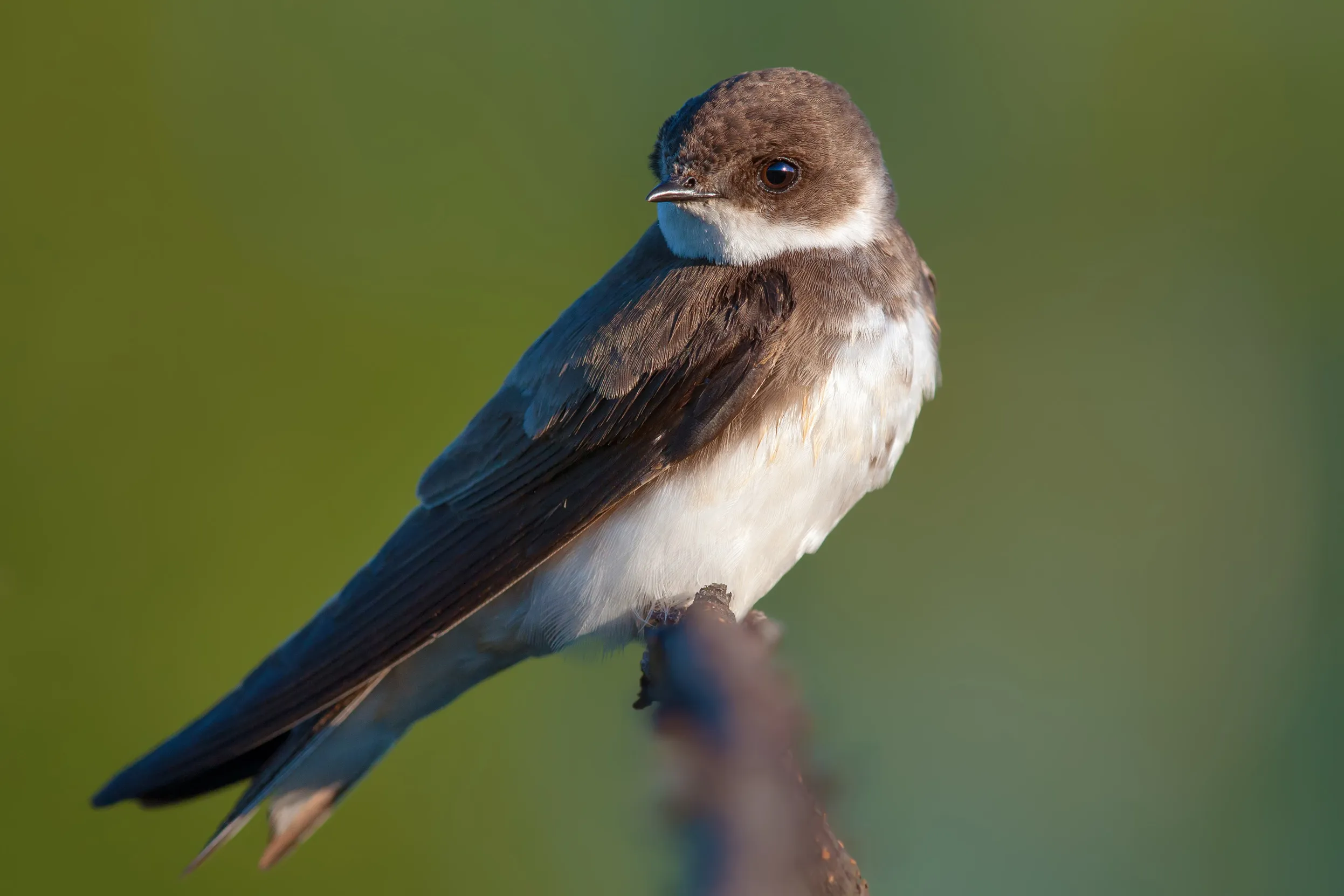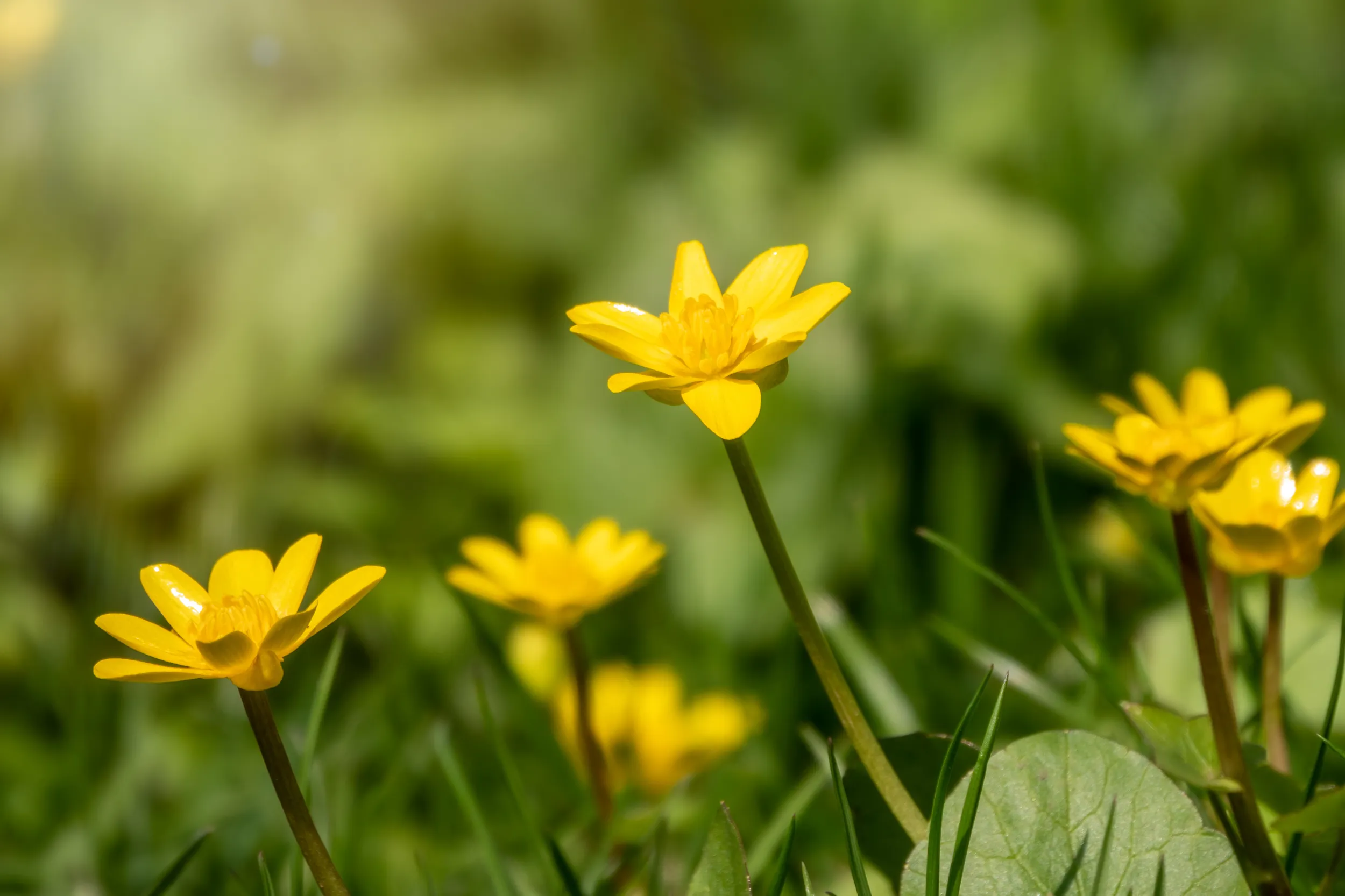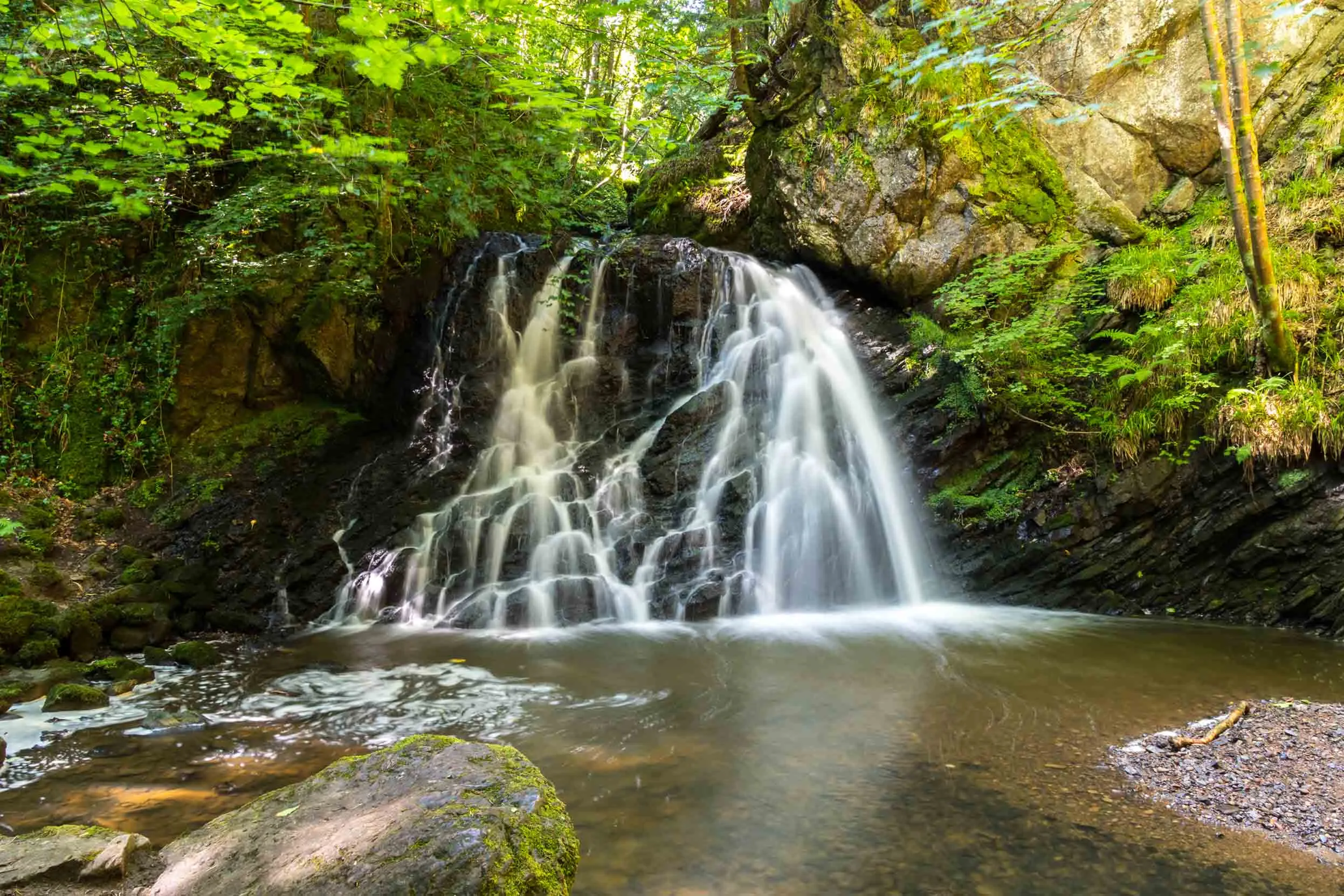Advice
Fundraise your way
If you’re inspired by nature and want to take action to save it, why not fundraise for the RSPB.
As the clocks spring forward at the end of the month, the longer daylight hours and milder temperatures make exploring the outdoors more enticing. Keep a look out for the seasonal spectacles offering up sure signs that spring is on its way.

Sunny mornings are now scored by birds flexing their vocal prowess as March marks the start of the dawn chorus. Over the coming months, birds will sing to stake out territory and attract a mate. Our residents will soon be accompanied by early arriving summer visitors, ready to supplement their song.
Warblers are a group of birds which can often be difficult to distinguish on sight. They’re mostly brown or olive colour in their plumage, equipped with sharp, slim beaks to aid their insect-heavy diets. These songbirds are easiest to tell apart by listening out for their springtime tunes.
Due to changing climate, small numbers of warblers are beginning to spend winter in the UK. Most warblers, however, complete a migration from their warmer overwintering grounds in Africa. In preparation for their journey, they feed extensively and can even double in weight!
In March, listen out for the Chiffchaff's onomatopoeic song from the treetops and the Blackcap’s scratchy trills from the scrub. Toward the end of the month, the cascading melody of the Willow Warbler will join the symphony.

Soon, we will see the reappearance of Sand Martins skimming over bodies of water, performing aerial acrobatics to catch insects on the wing. These summer visitors join us from their overwintering grounds south of the Sahara.
Sand Martins don’t build cup-shaped, mud or clay nests in the same way as their close relatives, the House Martin and the Swallow. Instead, during their breeding season, they nest in sand or gravel burrows often along riverbanks or in cliffs. They dig tunnels and bore out a space to bring up their young at the end. A social bird, Sand Martins breed in colonies.
Keep your eyes to the sky for these early arriving birds throughout March; their return promises warmer weather to come.

The quick eruption of blossom in spring is a reminder of how fast the seasons pass by, and the importance of slowing down and savouring fleeting moments. When you’re outdoors, keep a look out for Blackthorn, one of the first blossom to come into flower, along with Cherry Plum, pear and plum. Lesser Celandine, a member of the buttercup family, is also a clear marker that spring is on its way, adding a splash of cheery colour to bare ground. Woodlands will soon be full of the rich scent of Ramsoms, as Wild Garlic flowers carpet the floor.
One way to connect with nature this spring is to get planting in your garden or green space. At this time of year, bees and butterflies will be seeking out a feast after the cold winter. If you’re looking for inspiration for your nature- friendly garden, then why not visit Flatford Wildlife Garden in Colchester which reopens on 28 March?

The warmer temperatures of March bring the first moths and butterflies of the season. Most moths and butterflies spend their winter in the larval stage (as caterpillars), but some will pupate through the colder months, ready to welcome the spring with new wings.
However, our early emerging butterflies that you’re likely to spot in spring overwinter as dormant adults. Throughout March, keep your eyes peeled for your first Brimstones, Small Tortoiseshells, Peacocks and Commas of the year. They’ll be look looking to feed up on nectar rich blooms in your garden or local green space.
Meanwhile, moths can be trickier to spot. March is a great time to start up a trap in your garden, where you might find a March Moth or a Brindled Pug. Why not head down to your local nature reserve to see who visited their trap?

March is a perfect time to see frog and toad spawn in our ponds and pools, as amphibians' breeding seasons begin around Valentine’s Day. There are two species of frog, two species of toads and three species of newts native to the UK.
Toads are known for their mass mammoth migrations, often covering distances as far as two kilometres to return to their breeding ponds and find a partner. Frogs also return to the ponds where they were born to breed, and the males grab the attention of the females by croaking. Meanwhile, male newts attract a mate by performing elaborate displays with their tails, and the females then lay their eggs in underwater vegetation.
Keep your eyes out for frog spawn, which is found in large clumps of jelly, and toad spawn which clings together in a string-like structure.

You're sure to find something of interest in March on all our nature reserves. However, these are just a few of our favourites at this time of year:
Fairy Glen: Spend a spring day in this broadleaf woodland near Inverness and your walk will be accompanied by the noise of babbling streams and crashing waterfalls.
Mereshead: Located on the Solway, Merseheads extensive wetland, saltmarsh, woodland, and a beach. In the spring, listen to birdsong in the woodland and rare Natterjack Toads croaking across the sand dunes.

Ynys-Hir: Explore 800 hectares of nature reserve, made up of a mosaic of habitats including wet grassland, peat bog, oak woodland and more. Listen to the warblers’ song this spring, while keeping your eyes out for Brimstone butterflies.
Lakenheath Fen: Once farmland, this nature reserve is now 500 hectares of invaluable wetland habitat bursting with life. Visit Lakenheath Fen to be in with a chance of seeing Common Cranes, Otters and Water Voles. Throughout spring, take a walk through the woodland to hear the songs of warblers and other woodland birds.
Pulborough Brooks: Situated on the banks of the River Arun, Pulborough Brooks is restored heathland, woodland and wetland habitat. Listen out for warblers and Nightingales on your springtime walk as you enjoy the views across the South Downs.

Portmore Lough: Skylarks can be seen parachuting as they call over this wet grassland in the springtime. This mosaic of wetlands and grasslands holds host to breeding Lapwings, making March a perfect time to see their display fights and distinctive ‘“peewit’” calls.